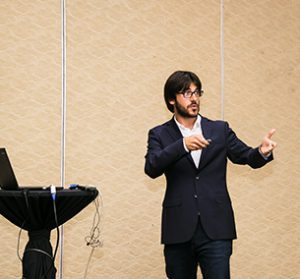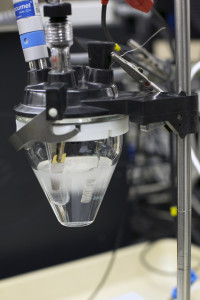Jon Ustarroz, assistant professor of the Analytical & Interfacial Chemistry group at the Université libre de Bruxelles and part-time research professor of the Electrochemical and Surface Engineering group (SURF) at the Vrije Universiteit Brussel, is the recipient of the Electrodeposition Division Early Career Investigator Award for his paper on “Electrochemical Growth Mediated by Nanocluster Aggregation: Implications and Perspectives.” He was honored with the award at AiMES 2018 in Cancun, Mexico.
Ustarroz says he’s proud to be a recipient of the award, which adds to his recognition within the field.
“For somebody who is young like me, and little people know about within the academic community, this has allowed me to get higher visibility and to prove to people who do not know me of what I’m capable of,” says Ustarroz.



 The
The  ECS is currently accepting nominations for the following awards of the Electrodeposition Division (ELDP):
ECS is currently accepting nominations for the following awards of the Electrodeposition Division (ELDP): ECS recognizes outstanding technical achievements in electrochemistry and solid state science and technology through its Honors & Awards program. There are many deserving members of the Electrodeposition Division among us and this is an opportunity to highlight their contributions.
ECS recognizes outstanding technical achievements in electrochemistry and solid state science and technology through its Honors & Awards program. There are many deserving members of the Electrodeposition Division among us and this is an opportunity to highlight their contributions.
